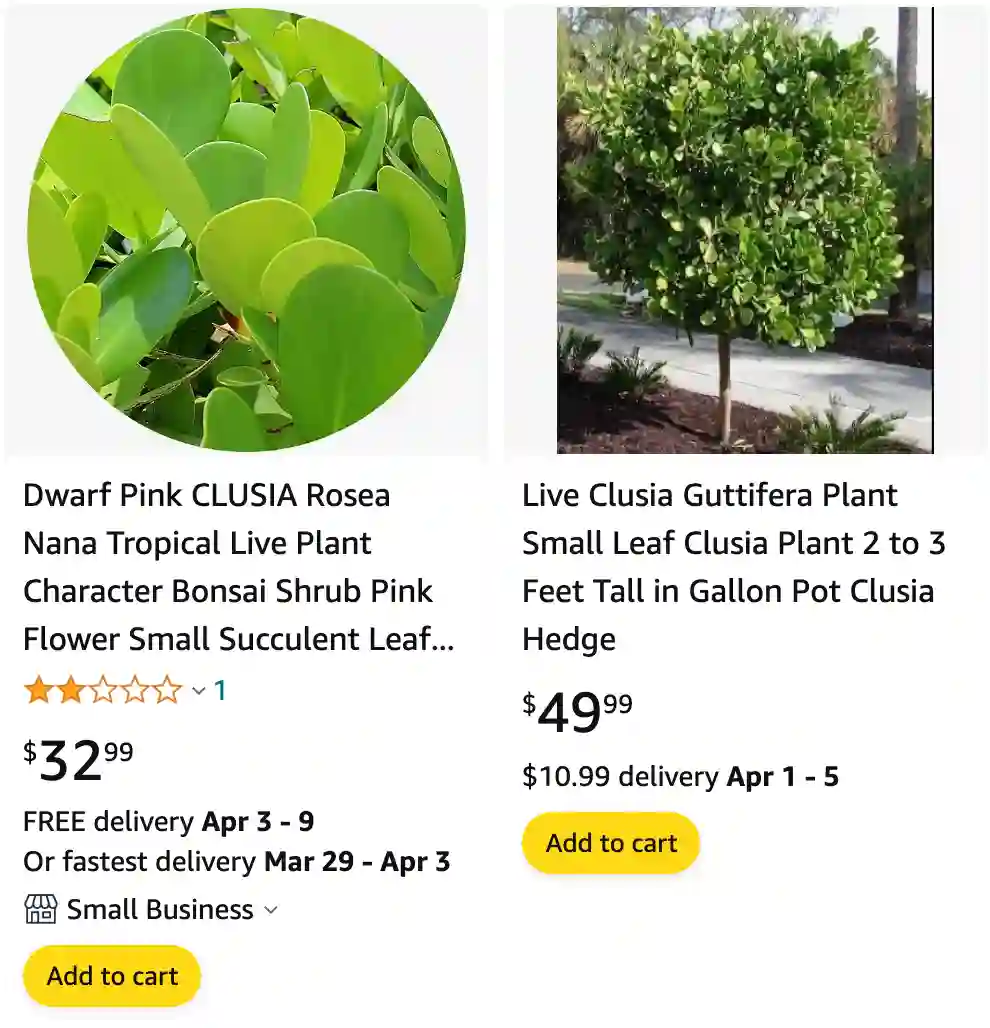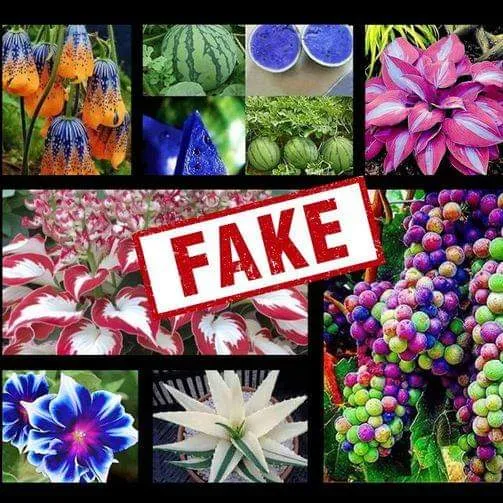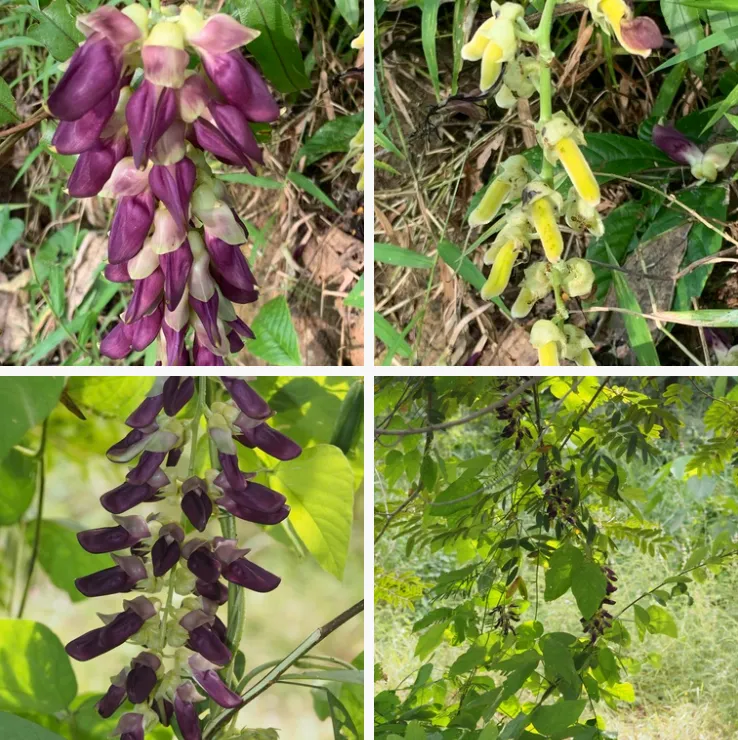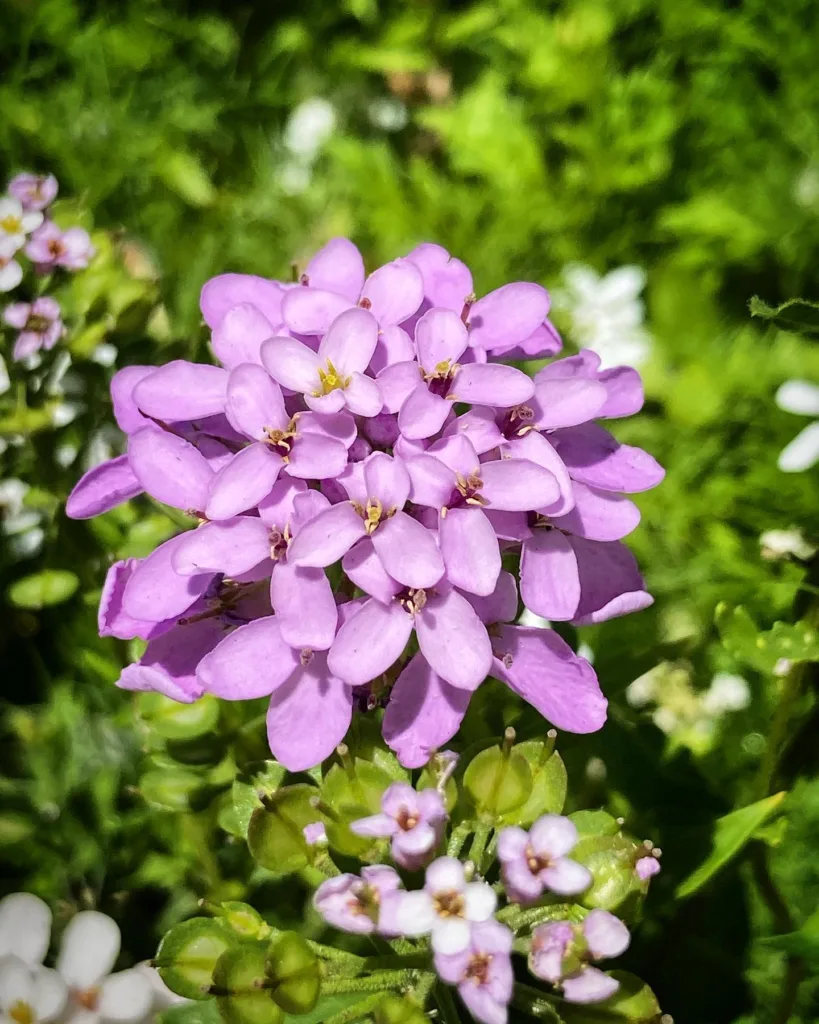
Clusia: My Fascination with the Autograph Tree
I’m Ferb Vu, and I’ve always been drawn to the unique and intriguing in the natural world. Lately, my attention has been captured by the genus Clusia from the Clusiaceae family, a fascinating group of plants native to the tropical Americas. These plants, often called autograph trees, have a unique characteristic that allows you to scratch messages onto their leaves, which remain etched there as the leaf grows. This, combined with their unusual growth habits and ecological importance, makes them a truly captivating subject.
A Diverse Genus with Remarkable Adaptations
Clusia is a large genus, comprising an estimated 300 species. This diversity is reflected in the wide range of forms they take, from small shrubs to towering trees. Some species, like Clusia rosea, are popular ornamentals, prized for their beautiful, thick leaves and waxy, pink flowers. Others, like Clusia grandiflora, are canopy giants, their roots snaking down from the treetops to the forest floor.
One of the most remarkable aspects of Clusia is its adaptability. Many species begin life as epiphytes, germinating high in the canopy and sending roots down to the ground. As these roots establish themselves, they often engulf their host tree, eventually taking its place. This strategy, known as hemiepiphytism, allows Clusia to thrive in the competitive environment of the rainforest.
More Than Just a Pretty Face
But Clusia is more than just a botanical curiosity. These plants play a vital role in their ecosystems. Their fruits are an important food source for a variety of animals, including birds, monkeys, and even bats. Their flowers provide nectar for pollinators, and their leaves offer shelter for insects and other small creatures.
Furthermore, Clusia species have been found to possess medicinal properties. Traditional healers have long used extracts from these plants to treat a variety of ailments, including skin infections, inflammation, and even cancer. Modern science is beginning to investigate these claims, and some studies have shown promising results.
A Closer Look at Some Notable Species
Given the vast number of Clusia species, it would be impossible to list them all here. However, I’d like to highlight a few that I find particularly interesting:
- Clusia abbottii Urb.
- Clusia aemygdioi Gomes da Silva & B.Weinberg
- Clusia alainii Borhidi
- Clusia alata Planch. & Triana
- Clusia amabilis Maguire
- Clusia amaraliana J.E.Nascim.
- Clusia amazonica Planch. & Triana
- Clusia androphora Cuatrec.
- Clusia angustifolia Engl.
- Clusia annularis Maguire
- Clusia araracuarae Pipoly
- Clusia aripoensis Britton
- Clusia aristeguietae (Maguire) Pipoly
- Clusia articulata Vesque
- Clusia asymmetrica Pipoly
- Clusia aymardii Pipoly
- Clusia belizensis Standl.
- Clusia bernardoi Pipoly & Cogollo
- Clusia bittrichii J.E.Nascim.
- Clusia blattophila M.H.G.Gust. & Vlasáková
- Clusia botryoidea Maguire
- Clusia brachycarpa Cuatrec.
- Clusia brachystyla Maguire
- Clusia bracteosa Cuatrec.
- Clusia brittonii Alain
- Clusia brongniartiana Planch. & Triana
- Clusia burchellii Engl.
- Clusia burle-marxii Bittrich
- Clusia caicedoi Cuatrec.
- Clusia cajamarcensis Engl.
- Clusia cajambrensis Cuatrec.
- Clusia calimae Maguire
- Clusia callosa Britton & P.Wilson
- Clusia candelabrum Planch. & Triana
- Clusia carachensis (H.Karst.) Vesque
- Clusia cardonae Maguire
- Clusia carinata Engl.
- Clusia caryophylloides (Planch. & Triana) Hammel
- Clusia cassinioides Planch. & Triana
- Clusia caudata (Planch. & Triana) Pipoly
- Clusia celiae Maguire
- Clusia centricupula Cuatrec.
- Clusia cerroana Steyerm.
- Clusia chiribiquetensis Maguire
- Clusia chuj Luján
- Clusia chusqueae Ewan
- Clusia clarendonensis Britton
- Clusia clusioides (Griseb.) D’Arcy
- Clusia cochlanthera Vesque
- Clusia cochliformis Maguire
- Clusia cochlitheca Maguire
- Clusia coclensis Standl.
- Clusia colombiana Pipoly
- Clusia columnaris Engl.
- Clusia comans (Mart.) Pipoly
- Clusia congestiflora Cuatrec.
- Clusia cooperi Standl.
- Clusia coremandra Cuatrec.
- Clusia crassifolia Planch. & Triana
- Clusia crassipetiolata Cuatrec.
- Clusia crenata Cuatrec.
- Clusia criuva Cambess.
- Clusia croatii D’Arcy
- Clusia cruciata Cuatrec.
- Clusia cundinamarcensis Cuatrec.
- Clusia cuneata Benth.
- Clusia cuneifolia Cuatrec.
- Clusia cupulata (Maguire) Maguire
- Clusia cylindrica Hammel
- Clusia dardanoi G.Mariz & Maguire
- Clusia decussata Ruiz & Pav. ex Planch. & Triana
- Clusia deminuta Pipoly
- Clusia densinervia Cuatrec.
- Clusia diamantina Bittrich
- Clusia dichrophylla Standl.
- Clusia dickinsoniana J.E.Nascim.
- Clusia diguensis Cuatrec.
- Clusia divaricata Maguire
- Clusia dixonii Little
- Clusia domingensis Urb.
- Clusia donramonii J.E.Nascim. & Bittrich
- Clusia drouetiana L.B.Sm.
- Clusia duartei Maguire
- Clusia ducu Benth.
- Clusia ducuoides Engl.
- Clusia duidae Gleason
- Clusia dukei Maguire
- Clusia elliptica Kunth
- Clusia ellipticifolia Cuatrec.
- Clusia elongata Rusby
- Clusia engleriana Pipoly
- Clusia epiphytica (Cuatrec.) Pipoly
- Clusia eugenioides Planch. & Linden
- Clusia fabiolae Pipoly
- Clusia favus P.F.Stevens
- Clusia firmifolia Cuatrec.
- Clusia fistulosa Cuatrec.
- Clusia flava Jacq.
- Clusia flavida (Benth.) Pipoly
- Clusia flaviflora Engl.
- Clusia fluminensis Planch. & Triana
- Clusia fockeana Miq.
- Clusia fragrans Gardner
- Clusia fructiangusta Cuatrec.
- Clusia garcibarrigae Cuatrec.
- Clusia gardneri Planch. & Triana
- Clusia gaudichaudii Choisy
- Clusia gentlei Lundell
- Clusia glauca (Rusby) J.E.Nascim. & Bittrich
- Clusia globosa Maguire
- Clusia glomerata Cuatrec.
- Clusia goscinnyi J.E.Nascim. & Bittrich
- Clusia gracilis Standl.
- Clusia grammadenioides Pipoly
- Clusia grandiflora Splitg.
- Clusia gratula Maguire
- Clusia guabalensis Luján & Aranda
- Clusia guatemalensis Hemsl.
- Clusia guaviarensis Cuatrec.
- Clusia guayanae Pipoly
- Clusia guedesiana Huber
- Clusia gundlachii A.Stahl
- Clusia hachensis Cuatrec.
- Clusia hammeliana Pipoly
- Clusia haughtii Cuatrec.
- Clusia havetioides (Griseb.) Planch. & Triana
- Clusia heterocolorata L.Marinho & Bittrich
- Clusia hexacarpa Gleason
- Clusia hilariana Schltdl.
- Clusia hirsuta Hammel
- Clusia hoffmannseggiana Schltdl.
- Clusia huberi Pipoly
- Clusia hydrogera Cuatrec.
- Clusia hylaeae Pipoly
- Clusia ibiapabensis A.C.Alencar & Farias-Castro
- Clusia ildefonsiana A.Rich. ex Planch. & Triana
- Clusia imbricata Steyerm.
- Clusia immersa C.M.Vieira
- Clusia inesiana Cuatrec.
- Clusia insignis Mart.
- Clusia intertexta Britton
- Clusia kanukuana Maguire
- Clusia lanceolata Cambess.
- Clusia latifolia Cuatrec.
- Clusia latipes Planch. & Triana
- Clusia laurifolia Planch. & Triana
- Clusia laxiflora (Poepp.) Planch. & Triana
- Clusia lechleri Rusby
- Clusia lehmannii Vesque
- Clusia leprantha Mart.
- Clusia leptanthera Cuatrec.
- Clusia liesneri Maguire
- Clusia lineata (Benth.) Planch. & Triana
- Clusia longipetiolata Schery
- Clusia longistyla Cuatrec.
- Clusia lopezii Maguire
- Clusia loranthacea Planch. & Triana
- Clusia loretensis Engl.
- Clusia lunanthera Maguire
- Clusia lundellii Standl.
- Clusia lusoria Standl. & Steyerm.
- Clusia lutea Bittrich & J.E.Nascim.
- Clusia macropoda Klotzsch ex Engl.
- Clusia magnifolia Cuatrec.
- Clusia magnoliiflora M.H.G.Gust.
- Clusia maguireana Pipoly
- Clusia major L.
- Clusia mamillata Cuatrec.
- Clusia mangle Rich. ex Planch. & Triana
- Clusia martiana Engl.
- Clusia massoniana Lundell
- Clusia mayana Lundell
- Clusia melchiorii Gleason
- Clusia mexiae P.F.Stevens
- Clusia microstemon Planch. & Triana
- Clusia minor L.
- Clusia minutiflora Diels
- Clusia mirandensis (Maguire) Pipoly
- Clusia mituana Cuatrec.
- Clusia moaensis Borhidi & O.Muñiz
- Clusia mocoensis Cuatrec.
- Clusia modesta Maguire
- Clusia monantha Cuatrec.
- Clusia monocarpa Urb.
- Clusia multiflora Kunth
- Clusia multilineata Pipoly
- Clusia mutica Maguire
- Clusia myriandra (Benth.) Planch. & Triana
- Clusia myrsinites Ewan
- Clusia nascimentojuniorii A.C.Alencar & Bittrich
- Clusia nemorosa G.Mey.
- Clusia nervosa (Planch. & Triana) Engl.
- Clusia neurophylla Cuatrec.
- Clusia niambiensis Pipoly, Cogollo & M.S.González
- Clusia nigrolineata P.F.Stevens
- Clusia nipensis Borhidi
- Clusia nitida Bittrich & F.N.Cabral
- Clusia nogueirae A.C.Alencar & Farias-Castro
- Clusia nubium M.H.G.Gust. & Borchs.
- Clusia nutans Planch. & Triana
- Clusia obdeltifolia Bittrich
- Clusia obovata (Spruce ex Planch. & Triana) Pipoly
- Clusia octandra (Poepp.) Pipoly
- Clusia octopetala Cuatrec.
- Clusia odorata Seem.
- Clusia opaca Maguire
- Clusia organensis Planch. & Triana
- Clusia orthoneura Standl.
- Clusia osseocarpa Maguire
- Clusia ovalis Cuatrec.
- Clusia ovigera Planch. & Triana
- Clusia pachamamae Zent.-Ruíz & A.Fuentes
- Clusia pachyphylla Gleason
- Clusia paisarum Pipoly
- Clusia pallida Engl.
- Clusia palmana Standl.
- Clusia palmicida Rich. ex Planch. & Triana
- Clusia panapanari (Aubl.) Choisy
- Clusia paralicola G.Mariz
- Clusia parviflora Humb. & Bonpl. ex Willd.
- Clusia parvifolia Maguire
- Clusia parvula (Maguire) Pipoly
- Clusia pavonii Planch. & Triana
- Clusia penduliflora Engl.
- Clusia peninsulae Hammel
- Clusia pentandra Cuatrec.
- Clusia pentarhyncha Planch. & Triana
- Clusia pernambucensis G.Mariz
- Clusia perscariosa Maguire
- Clusia peterstevensii J.E.Nascim., Bittrich & M.C.E.Amaral
- Clusia petiolaris Planch. & Triana
- Clusia phelpsiae Lasser & Maguire
- Clusia phelpsiana Maguire
- Clusia picardae Urb.
- Clusia pilgeriana Mansf.
- Clusia platystigma Eyma
- Clusia plukenetii Urb.
- Clusia plumeri Planch. & Triana
- Clusia plurivalvis Little
- Clusia polyandra (Vesque) Pipoly
- Clusia polyantha Cuatrec.
- Clusia polysepala Engl.
- Clusia polystigma Little
- Clusia popayenensis Planch. & Triana
- Clusia portlandiana R.A.Howard & Proctor
- Clusia pratensis Seem.
- Clusia pringlei Lundell
- Clusia pseudochina Poepp.
- Clusia pseudohavetia Planch. & Triana
- Clusia pseudomangle Planch. & Triana
- Clusia ptaritepuiensis (Steyerm.) Pipoly
- Clusia pulcherrima Engl.
- Clusia punctata J.E.Nascim. & Bittrich
- Clusia pusilla Steyerm.
- Clusia quadrangula Bartlett
- Clusia quadrata (Cuatrec.) Hammel
- Clusia radiata Maguire & Phelps
- Clusia radicans Pav. ex Planch. & Triana
- Clusia ramosa Rusby
- Clusia renggerioides Planch. & Triana
- Clusia riedeliana Engl.
- Clusia rigida M.H.G.Gust.
- Clusia riojensis Engl.
- Clusia robusta Eyma
- Clusia rosea Jacq. Plant FAQs: Autograph Tree – Clusia Rosea
- Clusia rosiflora Planch. & Linden
- Clusia rotundata Standl.
- Clusia rotundifolia Gleason
- Clusia rubescens Vesque
- Clusia rubrifructa Bittrich & J.E.Nascim.
- Clusia salvinii Donn.Sm.
- Clusia sandiensis Engl.
- Clusia savannarum Maguire
- Clusia scandens (Aubl.) J.E.Nascim. & Bittrich
- Clusia scariosepala (Maguire) Luján
- Clusia schomburgkiana (Planch. & Triana) Benth. ex Engl.
- Clusia schomburgkii Vesque
- Clusia schultesii Maguire
- Clusia scrobiculata Benoist
- Clusia seemanii Planch. & Triana
- Clusia sellowiana Schltdl.
- Clusia sipapoana (Maguire) Pipoly
- Clusia skotaster Gilli
- Clusia spathulifolia Engl.
- Clusia sphaerocarpa Planch. & Triana
- Clusia spiritu-sanctensis G.Mariz & B.Weinberg
- Clusia spruceana Planch. & Triana
- Clusia stenophylla Standl.
- Clusia steyermarkii Maguire
- Clusia studartiana C.M.Vieira & A.G.Silva
- Clusia stylosa Maguire
- Clusia subsessilis Benth.
- Clusia tabulamontana Maguire
- Clusia tarmensis Engl.
- Clusia tenuifolia Cuatrec.
- Clusia tequendamae Cuatrec.
- Clusia ternstroemioides Rusby
- Clusia tetra-trianthera Maguire
- Clusia tetragona Pipoly & Cogollo
- Clusia tetramera J.E.Nascim. & Bittrich
- Clusia tetrandra Humb. & Bonpl. ex Willd.
- Clusia tetrastigma Vesque
- Clusia thurifera Planch. & Triana
- Clusia tocuchensis Britton
- Clusia torresii Standl.
- Clusia triflora Cuatrec.
- Clusia trochiformis Vesqne
- Clusia troncosii Maguire
- Clusia ucamira J.E.Nascim. & Bittrich
- Clusia uleana Engl.
- Clusia uniflora Lundell
- Clusia uvitana Pittier
- Clusia valerii Standl.
- Clusia veneralensis Cuatrec.
- Clusia venulosa Cuatrec.
- Clusia venusta Little
- Clusia verapazensis Lundell
- Clusia viscida Engl.
- Clusia vittata Cuatrec.
- Clusia volubilis Kunth
- Clusia weberbaueri Engl.
- Clusia weddelliana Planch. & Triana
Clusia vs Cocoplum
I found Clusia to be a hardier option than Cocoplum in my garden, thriving despite the occasional neglect.
Clusia vs Podocarpus
When comparing Clusia to Podocarpus, I noticed Clusia requires less maintenance and grows faster in my experience.
Clusia vs Areca
I prefer Clusia over Areca because its dense foliage offers better privacy for my backyard.
Clusia vs Ficus
In my opinion, Clusia edges out Ficus due to its superior tolerance to pruning and fewer pest issues.
How to care for Clusia?
Light: Sun-Kissed or Shade Seeker?
The Clusia is surprisingly versatile when it comes to light. Unlike some finicky houseplants, it can thrive in a range of conditions. Here’s the breakdown:
- Bright Light: This tropical beauty loves to bask in the sun. Place it near a south, east, or west-facing window for optimal growth.
- Partial Shade: Don’t have a south-facing window? No worries! The Clusia tolerates partial shade well. Just be mindful that growth might be slower.
Here’s the key: avoid placing your Clusia in complete darkness. It needs some indirect sunlight to perform photosynthesis and stay healthy.
Water: Finding the Balance
Finding the perfect watering routine is crucial for any plant, and the Clusia is no exception. Here’s how to avoid underwatering or overwatering, the bane of many houseplant parents:
- The Finger Test: This simple trick is your best friend. Stick your finger into the soil about two inches deep. If it feels dry, it’s watering time.
- Soak and Drain: When watering, soak the soil thoroughly until water runs out of the drainage holes. This ensures the roots get a good drink. Avoid letting your Clusia sit in waterlogged soil, as this can lead to root rot.
Remember, underwatering is generally better than overwatering for the Clusia. It’s more forgiving of dry spells than soggy roots.
Humidity: Mimicking the Tropics
Clusia hails from the humid tropics, so it appreciates a bit of moisture in the air. Here are ways to keep your plant happy:
- Grouping Plants: Placing your Clusia near other humidity-loving plants creates a mini microclimate that benefits everyone.
- Pebble Tray: Fill a tray with pebbles and water. Sit your Clusia’s pot on top (not directly in the water) to increase humidity around the leaves.
- Humidifier: If your home is naturally dry, consider using a humidifier to create a more tropical environment for your Clusia.
Soil: The Foundation of Growth
The Clusia thrives in well-draining soil. Here’s what you can do:
- Potting Mix: Use a commercial potting mix specifically formulated for houseplants. These mixes usually have good drainage properties.
- Perlite or Orchid Bark: Adding perlite or orchid bark to your potting mix further enhances drainage.
Remember, proper drainage is essential to prevent root rot.
Fertilizer: Feeding for Success
While not a heavy feeder, your Clusia will benefit from occasional fertilization during its growing season (spring and summer). Here are some pointers:
- Balanced Fertilizer: Opt for a balanced liquid fertilizer diluted to half strength.
- Frequency: Apply fertilizer once a month during the growing season. Withhold fertilizer during fall and winter when the plant’s growth slows.
How to propagate Clusia?
Feeling generous? You can propagate your Clusia to create new plants. Here’s a popular method:
- Stem Cuttings: Take a stem cutting with a few leaves during the growing season. Plant the cutting in a pot with moist, well-draining soil and provide warmth and humidity.
With patience, you’ll see new growth emerge in a few weeks.
Common Clusia Issues: Troubleshooting Like a Pro
Even the most attentive plant parent might encounter occasional issues. Here are some common Clusia problems and their solutions:
- Yellowing Leaves: This could be a sign of underwatering, overwatering, or lack of light. Adjust your watering routine or move your plant to a brighter location.
- Brown Spots: Excess sunlight, low humidity, or fungal diseases can cause brown spots on the leaves. Check for pests and adjust your care routine accordingly.
- Scale Insects: These tiny sap-sucking insects can infest your Clusia. Neem oil spray or insecticidal soap are effective remedies.
Conclusion: The Allure of the Clusia
The Clusia is a unique and rewarding houseplant that offers a touch of the tropics to your home. With its adaptability to various light conditions, forgiving nature towards underwatering, and stunning foliage, it’s a perfect choice for both experienced plant enthusiasts and curious beginners. So, if you’re looking for a conversation starter with a twist, consider welcoming a Clusia into your life.
Remember: With proper care and a little TLC, your Clusia will thrive for years to come, leaving its beautiful mark on your indoor space.
If i die, water my plants!



